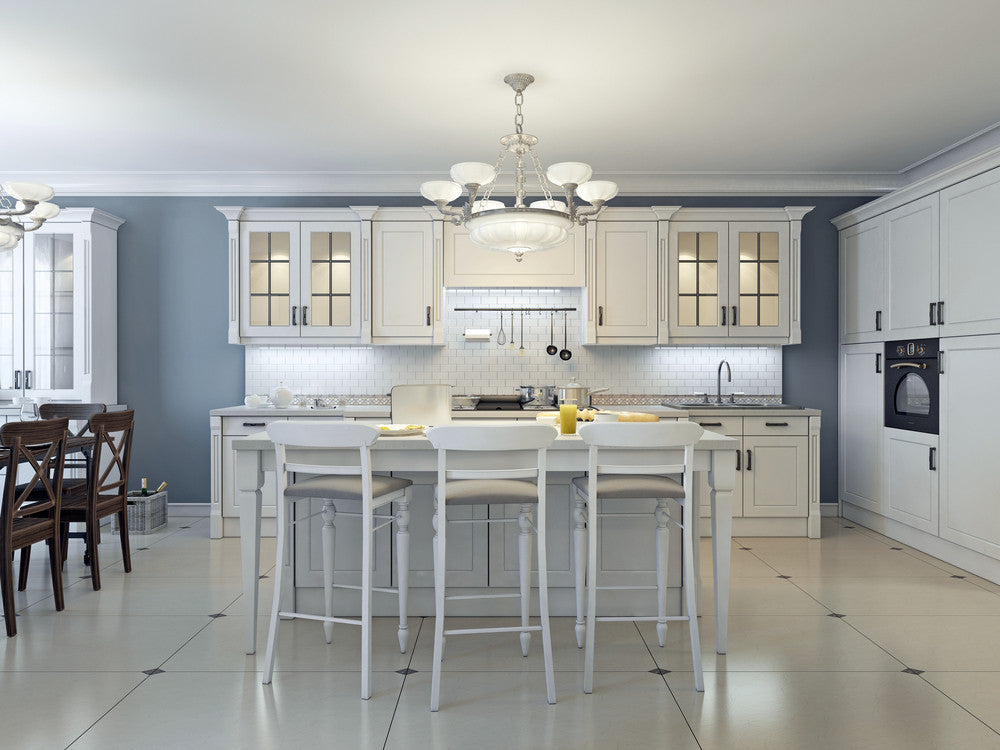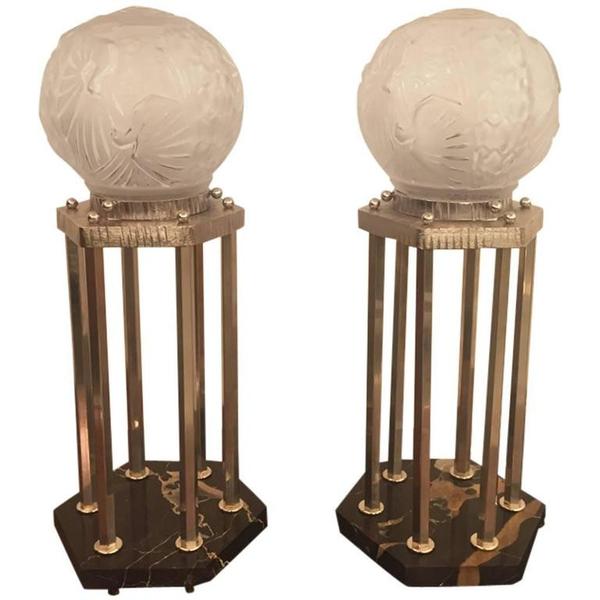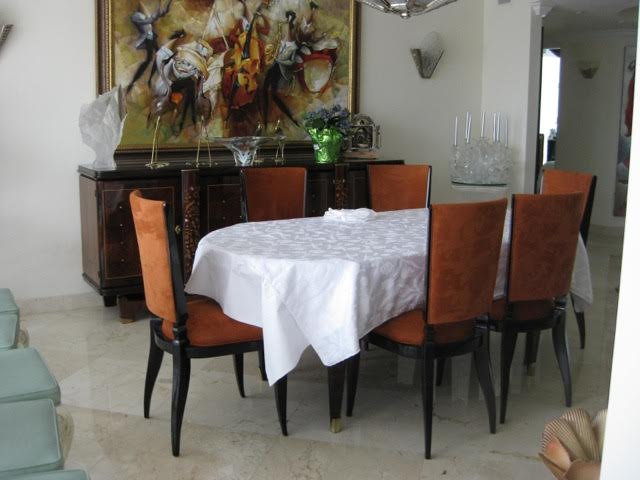Mid-century Modern Décor for Beginners

It isn't hard for the décor initiate to mistake Mid-century Modern décor and design for Art Deco; after all, the two share so many similarities – the cleanness of line, the importance of functionality, their modernist outlook and focus on the future, and the fact that the two styles so neatly bracketed World War 2. Nonetheless, Mid-century Modern is very definitely its own style and we'd like to introduce you to it.
Influences on Mid-century Modern Décor and its Development

Following the international devastation of the second worldwide war in less than half a century, the world was ready for a modern outlook, a focus on the future, a strong and positive influence on design. With the International Style and Bauhaus movements gaining a whole lot of traction at the time, North American designers took these functional styles and made them their own. You can see strong influences of both International and Bauhaus style in Mid-century Modern, as well as strong echoes of Art Deco.

With the Baby Boom in full swing and a massive focus on post-war growth and development, designers were under pressure to produce massive quantities of brand-new, modern-looking furniture and decor. The old and antique was out, the new, fresh and modern was in. The nuclear family with its working father, home-maker mother and perfectly turned-out children was the ideal to strive for. Keeping up with the Joneses meant showing off the best in up-to-date technological advances and ultra-modern home design.

At the same time, the era was that of the young family – a multitude of returning soldiers and their eager young wives pursuing the American Dream full-steam ahead and on a limited budget. This meant that multifunctionality was a prized aspect of furnishings; one didn't buy a dining-table, a kitchen table and a working table – no, you bought one multipurpose table that did all three jobs without taking up too much room in your unit of the burgeoning tract-house market
Recognizing Mid-century Décor
While Art Deco conjures a sensation of opulence and early twentieth century largesse, Mid-century Modern puts you smack in the middle of the 1950s aspirations for a brighter tomorrow. Probably the best word to describe Mid-century Modern is "curvilinear". It's a style dominated by circles and spheres, where every square, rectangle and triangle is softened, the edges curved and turned into flowing, often repeating, geometric patterns.
Where Art Deco cut down on the frou-frou of Art Nouveau, Mid-century Modern eliminated it, allowing the shape of the object to dominate its design, rather than any extraneous decorative elements. Fringes, flounces, studs, piping all disappeared from furnishings; tables and chairs had clean lines and angles, softened only by the curving of their corners.

Decorative patterns did, however, appear – mainly on such simple, unalterable elements as carpets and accent cushions. While Art Deco adored symmetrical step-and-repeat patterns, Mid-century Modern loved asymmetry, gleefully mixing different geometric patterns.
Buildings themselves lost their simple rectangularity, developing smoothed-out, round-cornered façades. Simple, clean and ultra-modern looks date these buildings today as not only unique and instantly recognizable, but as firmly entrenched as part of Mid-century Modern's history.
Mid-century Décor in Today’s World
The popularity of Mid-century Modern waned somewhat in the 1960s and 1970s, although its influences could still be seen in the fluid, organic designs that permeated these two decades. It regained nostalgic popularity in the 1980s and since then, elements can be found everywhere. The style has evolved, though. No longer content to live as mass-produced, functional elements, the style is now the province of talented designers who create marvelous retro-chic works based on the core design features.

People entranced by movies like 2009's A Single Man, or television series like the wildly popular Mad Men have ensured the survival – or even, dare we say, rebirth – or Mid-century Modern design in the home. Functional though it may be, it has a glamour associated with it that many enjoy, not only for its style alone, but for its accessibility. It is entirely possible to outfit your entire home in retro-chic or even with genuine 1950s pieces, without bankrupting yourself. Because of its coherence as a design form, one can easily mix a $2,000 one-of-a-kind sofa with a sixty-year-old hand-me-down coffee table that once dominated your grandmother's living room and still maintain integrity of style.

In our next edition, we will look at how you can introduce some elements of Mid-century Modern décor and design into your home. Until then, take some inspiration by enjoying some classic 1950s movies – of course you can watch all of them; it's research!
- Tags: mid-century modern
- Matthew Pillet








Comments 0